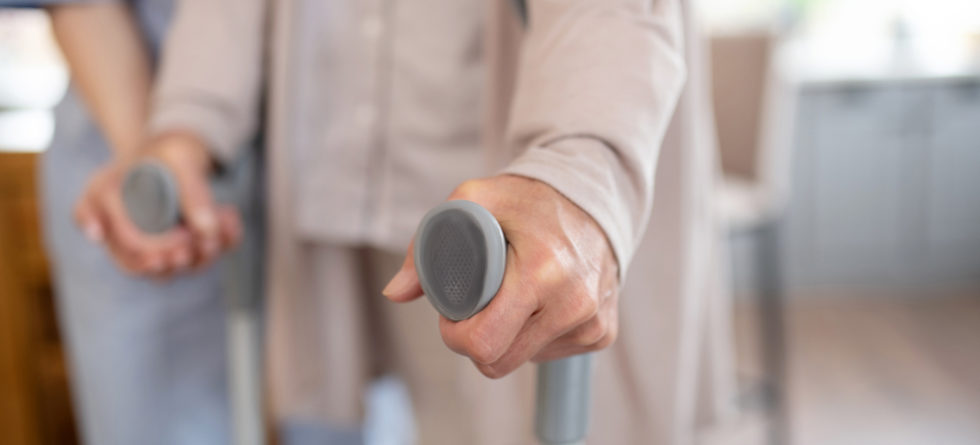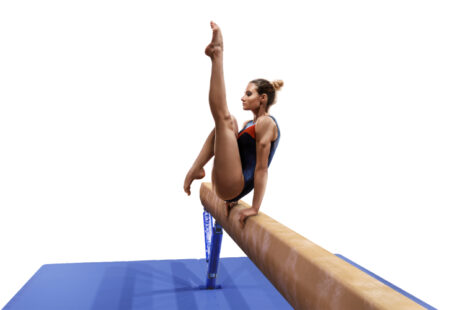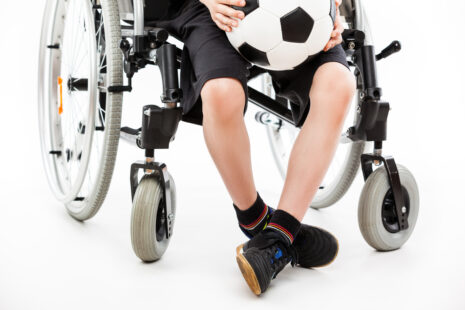After ACL (anterior cruciate ligament) surgery, it is essential to move around regularly, but the frequency and type of movement may vary based on the specific surgical technique, the advice of your surgeon, and your individual recovery progress.
Here are some considerations for how often you should move around after ACL surgery…
- Early Post-Operative Period (Days 1–7)
- During the first few days after ACL surgery, you’ll typically experience pain, swelling, and limited mobility. Movement is essential but should be gradual and controlled.
- Early mobility exercises may involve ankle pumps, heel slides, and gentle quad sets to prevent blood clots and maintain some muscle function.
- Frequent short walks, typically around the house or within a small area, are encouraged. However, avoid putting too much weight on the operated leg and use crutches as instructed.
- Weeks 1-6
- Gradually increase the frequency and duration of your movement. Physical therapy will play a significant role during this phase.
- Physical therapy exercises will focus on regaining knee mobility, strengthening the surrounding muscles, and improving balance and proprioception.
- You should walk daily and perform your prescribed exercises multiple times a day to help with blood circulation, prevent muscle atrophy, and promote healing.
- Weeks 6-12
- Continue with physical therapy, focusing on progressing exercises to improve strength, range of motion, and functional activities.
- You can increase the intensity and duration of your walking and possibly include light stationary cycling if advised by your physical therapist.
- Months 3-6
- By this stage, you should have made significant progress in regaining strength and stability in your knee.
- Begin to transition from controlled, structured exercises to more dynamic activities, such as agility drills, balance training, and functional movements.
- Gradually reintroduce sport-specific drills, if applicable to your activities.
- Beyond 6 Months
- Continue with exercises and movement routines to maintain and further improve strength, stability, and mobility in your knee.
- Consult with your surgeon and physical therapist to determine when it’s safe to return to sports or more strenuous physical activities.
Follow your surgeon’s and physical therapist’s recommendations closely and adhere to the prescribed rehabilitation program. They will provide guidance on the appropriate frequency, intensity, and type of movement for your specific case. Pushing yourself too hard or too quickly can potentially lead to complications or setbacks in your recovery, so patience and careful adherence to the recovery plan are essential for the best outcomes after ACL surgery.




